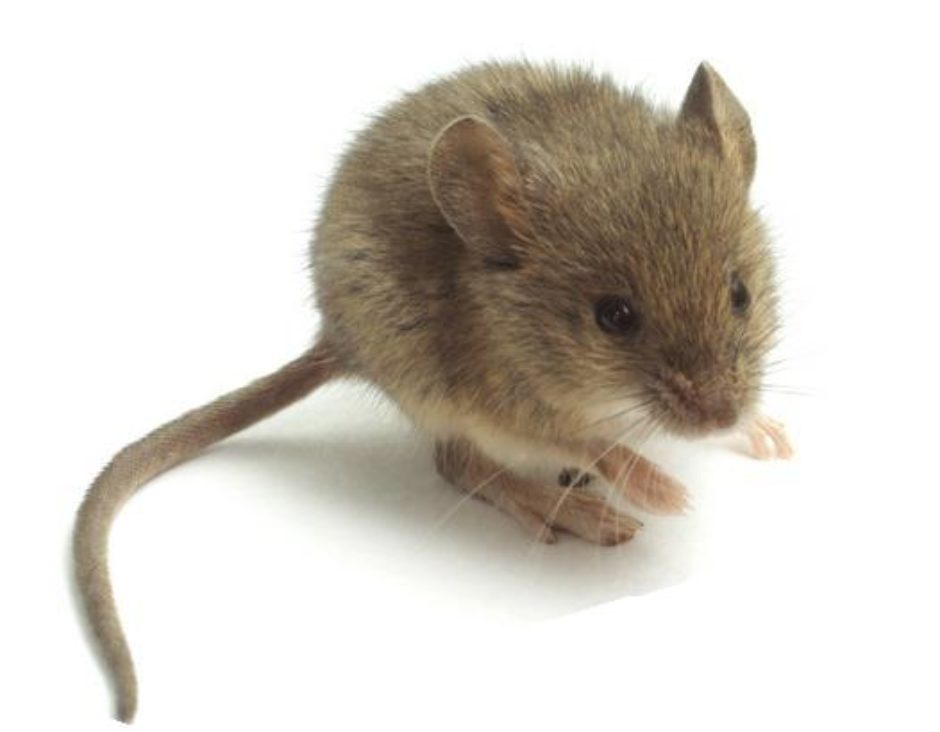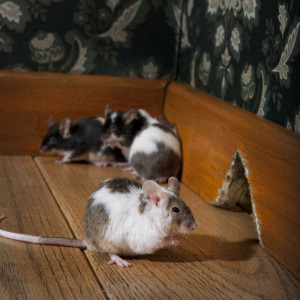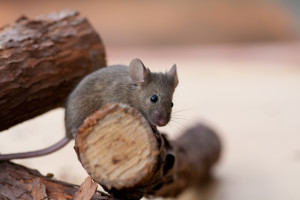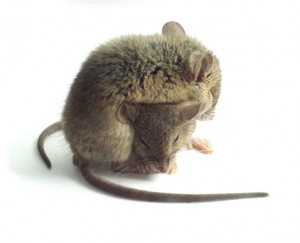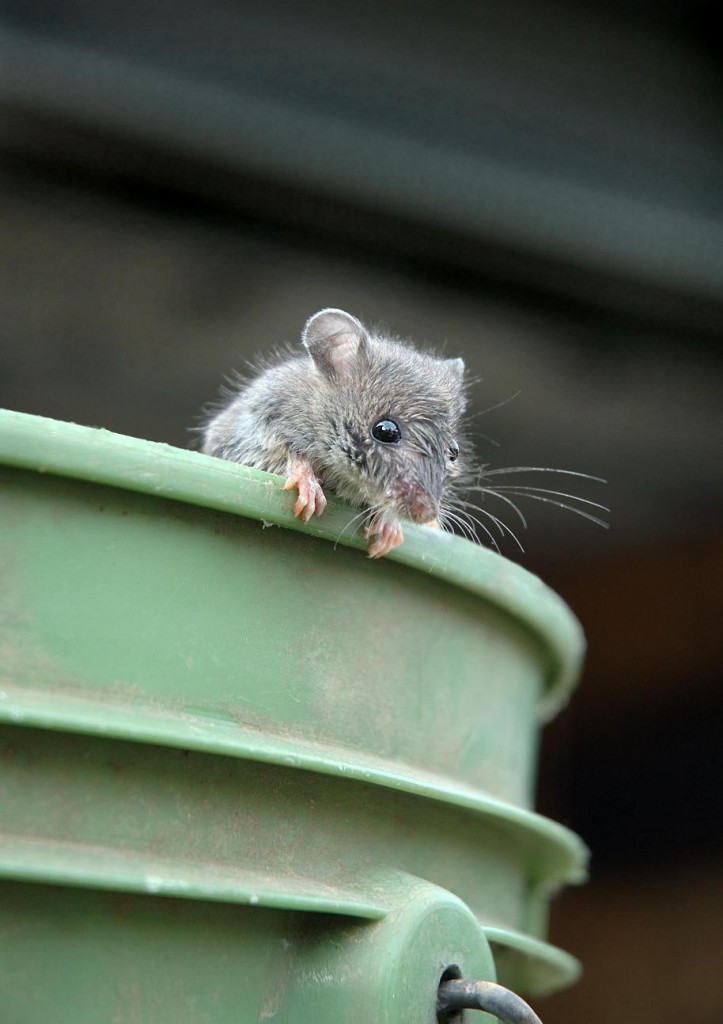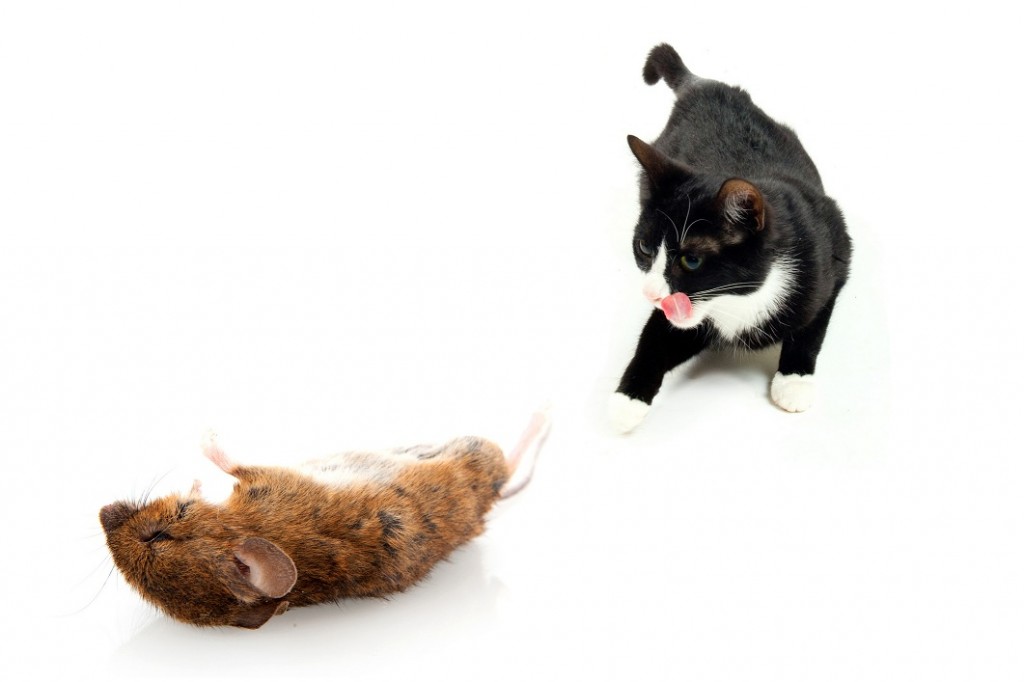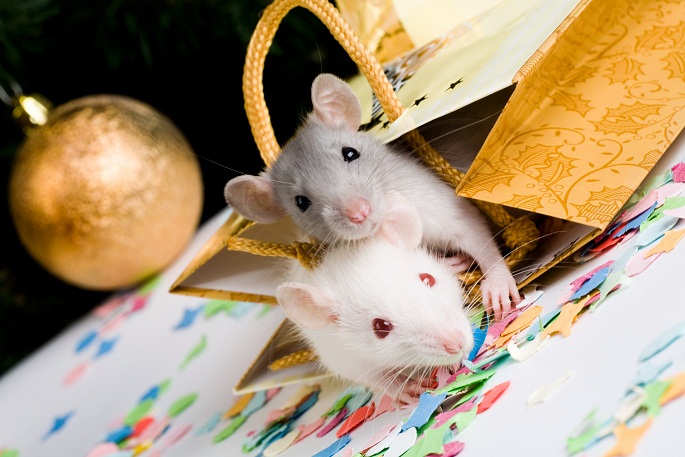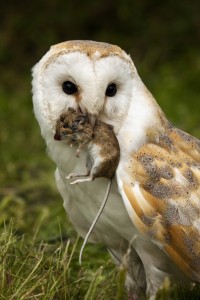What is never an easy discovery, when you see chewing marks, scat from their droppings, and shine a UV light and find a urine stained highway on your floors (GASP!) what can you possibly do? When you understand that you have a mouse, or er, MICE in your home is an age old problem. As long as you have a crack in the wall, you can certainly expect to have an entry point for these very tenacious and smart rodents. They are one of the few creatures that exist on every continent of the planet, with new family traits being created with the growth of human transportation.
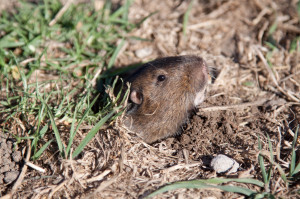 No mouse is by themselves, they have family! Lots and lots of family. Why, even one female mouse could come into your home, leave to meet her date, and come back to your home to start a happy home. Each year, in the fall and autumn, expecting and pregnant mice wait for the chance to nest in your warm walls and cupboards, until the last possible moment. If winter would be warm enough for them to live in a spot outdoors between 55-75 degrees, they would not come into your home. They know that the space they invade is not their own.
No mouse is by themselves, they have family! Lots and lots of family. Why, even one female mouse could come into your home, leave to meet her date, and come back to your home to start a happy home. Each year, in the fall and autumn, expecting and pregnant mice wait for the chance to nest in your warm walls and cupboards, until the last possible moment. If winter would be warm enough for them to live in a spot outdoors between 55-75 degrees, they would not come into your home. They know that the space they invade is not their own.
Outdoors is Mouse Approved
Most mice yearn to stay and nest where the food, water, and temperature is perfect. A dark dirt hole near a water source, next to a field of grain is the perfect world for a mother mouse. So, moving into your walls is just so darn inconvenient, and is really the last resort for a mouse. They would much rather not live in your noisy home, with your pets, and your smells. They do have a problem with all the lights you use, and the loud noise that you create, and the temperature is just too warm…by the way, can you please try to increase the humidity in the house too? This is the best way to ensure that your house is mouse free, by making outside more alluring than inside.
Try to build a mouse house on the edge of your Yard
Old wood stacked in a thick wall, next to a heated bird bath, and a bird feeder in the tree should be a perfect way to lure your home mice away. Then, make sure to keep your home drier than 55 percent humidity, with a low temperature of at least 62 at night. Keep water and food inaccessible, and if you a going away on a trip, cover your toilets with saran plastic wrap to ensure no access to water. A bright light in storage areas at night is another good idea, ultrasonic repellents in dark areas like your bedroom, kitchen or living areas, with an occasional burst of music and radio during the day. Use a ultrasonic oil mister to continue the good inconveniences, in your day, with use of peppermint oil. Another great idea with peppermint, place a tablespoon of the essential oil in a small water bottle, and spray the outside of your home, near the ground liberally. Mice hate strong smells!
Once Outside Prevent Return Appearances
If you make the outside nesting spot happy, you can ensure that most mice will take leave of your home and will be evacuated quickly. It will only take a couple of nights to rid your home of the family. Don’t accept return to the spots they loved before, by preventing reentry and begin a process of caulking all the open areas around your home. A mouse can slip through a crack the size of a 1/4 inch, and even 1/8″ of an inch if they are very small. They can enter through pipes, broken foundation, chimneys, under stairs that meet the walls, or under siding. Often, siding is topped with a cover of flashing, but the bottom near the ground is left exposed. Use silicon caulk for small cracks, and check your caulk lines frequently. Or, if you have larger areas, use a spray foam to create the barrier you need to keep them out. For this reason, you may need to assess your home’s security through insulation. There is much you can do by prevention versus proactive trapping and habitat insecurity measures.
